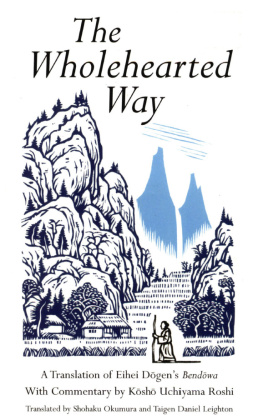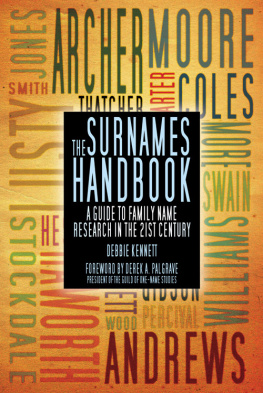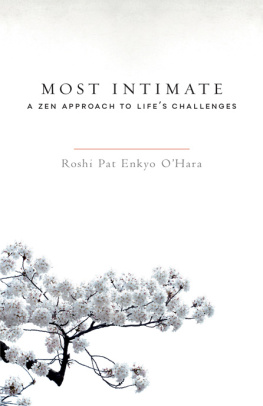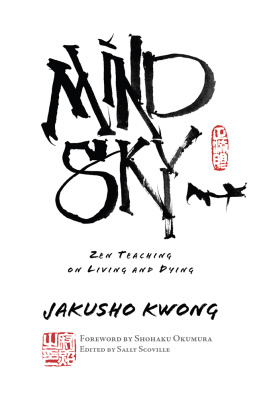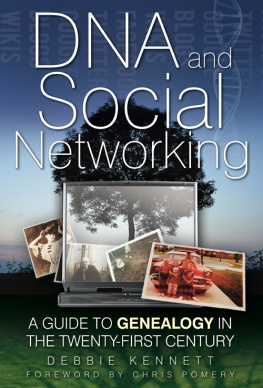Roshi P.T.N.H. Jiyu-Kennett - Zen is Eternal Life
Here you can read online Roshi P.T.N.H. Jiyu-Kennett - Zen is Eternal Life full text of the book (entire story) in english for free. Download pdf and epub, get meaning, cover and reviews about this ebook. year: 2016, publisher: Taylor & Francis, genre: Religion. Description of the work, (preface) as well as reviews are available. Best literature library LitArk.com created for fans of good reading and offers a wide selection of genres:
Romance novel
Science fiction
Adventure
Detective
Science
History
Home and family
Prose
Art
Politics
Computer
Non-fiction
Religion
Business
Children
Humor
Choose a favorite category and find really read worthwhile books. Enjoy immersion in the world of imagination, feel the emotions of the characters or learn something new for yourself, make an fascinating discovery.

- Book:Zen is Eternal Life
- Author:
- Publisher:Taylor & Francis
- Genre:
- Year:2016
- Rating:3 / 5
- Favourites:Add to favourites
- Your mark:
- 60
- 1
- 2
- 3
- 4
- 5
Zen is Eternal Life: summary, description and annotation
We offer to read an annotation, description, summary or preface (depends on what the author of the book "Zen is Eternal Life" wrote himself). If you haven't found the necessary information about the book — write in the comments, we will try to find it.
Zen is Eternal Life — read online for free the complete book (whole text) full work
Below is the text of the book, divided by pages. System saving the place of the last page read, allows you to conveniently read the book "Zen is Eternal Life" online for free, without having to search again every time where you left off. Put a bookmark, and you can go to the page where you finished reading at any time.
Font size:
Interval:
Bookmark:
ZEN BUDDHISM

Second edition published in 1976 as Zen is Eternal Life by Shasta Abbey
Third edition 1987; fourth edition 1999
by Routledge
2 Park Square, Milton Park, Abingdon, Oxon OX14 4RN
711 Third Avenue, New York, NY 10017
A catalogue record for this book is available from the British Library
ISBN: 978-1-315-61954-5 (Set) (ebk)
ISBN: 978-1-138-65896-7 (Volume 11) (hbk)
ISBN: 978-1-315-61968-2 (Volume 11) (ebk)
The publisher has gone to great lengths to ensure the quality of this reprint but points out that some imperfections in the original copies may be apparent.
The publisher has made every effort to trace copyright holders and would welcome correspondence from those they have been unable to trace.

is Eternal Life

No part of this book may be reproduced in any form except
for brief excerpts for purposes of review without written
permission from Shasta Abbey, 3724 Summit Drive,
Mt. Shasta, CA 96067-9102; (530) 926-4208.
Second edition published in 1976 as Zen is Eternal Life.
Dai Hon Zan Sjiji. Back cover: The author sweeping
leaves in the grounds of Dai Hon Zan Sjiji.
She received Dharma Transmission from the Very Reverend Koh
Keid Chisan Zenji, Chief Abbot of Dai Hon Zan Sjiji
and Archbishop of St Zen of the Kant Plains.
Library of Congress Catalog Card Number: 99-072819
PO Box 580, Edmonds, WA 980200580 USA tel (425) 7751130
late Chief Abbot of Sjiji and Archbishop of the Kant Plains.
Font size:
Interval:
Bookmark:
Similar books «Zen is Eternal Life»
Look at similar books to Zen is Eternal Life. We have selected literature similar in name and meaning in the hope of providing readers with more options to find new, interesting, not yet read works.
Discussion, reviews of the book Zen is Eternal Life and just readers' own opinions. Leave your comments, write what you think about the work, its meaning or the main characters. Specify what exactly you liked and what you didn't like, and why you think so.


